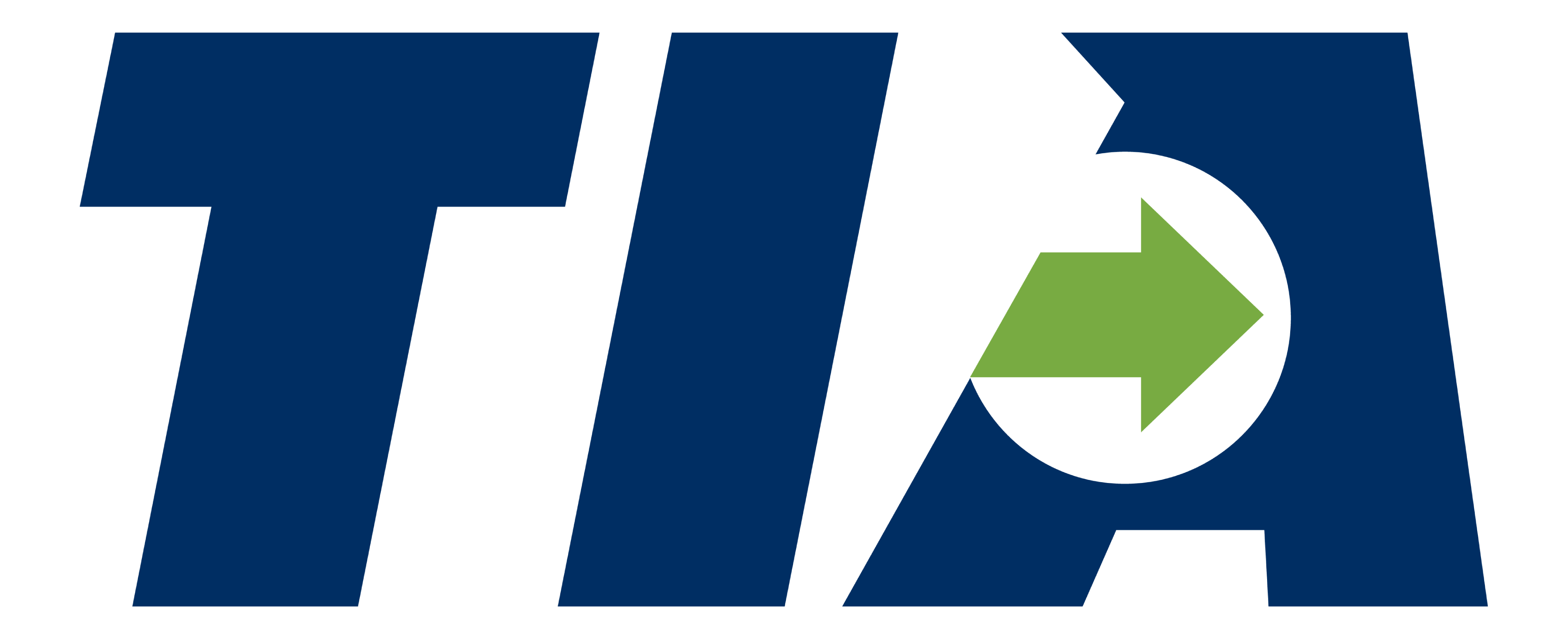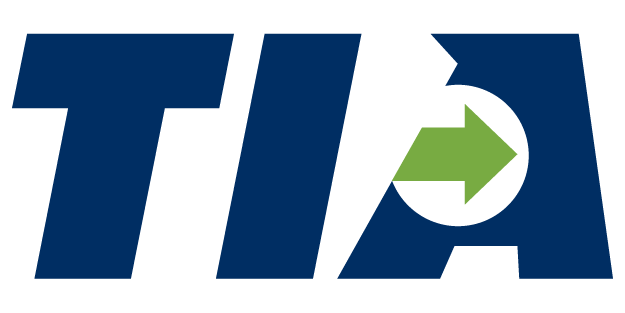Are you spending too much on overhead? Most businesses feel like the answer is, “Yes,” and the transportation industry is no exception. With slim profit margins, money being spent day and night, and payouts on claims and “if-not-when,” the best thing an owner can do for their businesses’ long-term health is to keep their overhead costs under control.
Step one: Know exactly what you’re spending where
With so many expenses – some of them prepaid, some of them belonging to multiple categories – it’s essential to follow industry best practices to know exactly where you line up compared to other businesses.
Purchased transportation and operating expenses are the two big groups of expenses, each of which get subdivided into several more categories; and then there is also cost of money, if you have a line of credit or a loan.
When you properly categorize and subdivide expenses, you can benchmark yourself against industry standards. For example, purchased transportation should be around 83-86%, with 38-40% going to driver wages/benefits – but you need to make sure that includes taxes, benefits, workers comp, in addition to salary. In order to understand the fully loaded cost of each driver, don’t include group health insurance benefits for the entire company in one line. Instead, break out which portion of the benefits are related to drivers versus administrative staff.
Another area where we see mistakes is in insurance and claims, which should account for around 4-5% of line-haul revenue. Don’t be tempted to ignore this category in months when there are no claims. There will be claims, so book something monthly and be ready when one comes in. This will lead to smoother financials, which creates confidence in your business.
Step 2: Identify problem areas
Once you do your groupings, you can identify trends and troubleshoot accordingly – for example, if your repair costs are steadily increasing, that might be because of an aging fleet, so you might want to consider replacements.
You also can see where you’re way out of line with the industry, for example, if your pay structure or compensation plan isn’t set up properly.
Here are some common problem areas we see, when it comes to expenses:
Labor:
Do you have the right number of drivers for your company size? Are they efficient? If not, can they be better trained? Can you reduce turn-over? Are there ways to improve efficiency with technology and processes?
How is your pay structure? Are wages aligned with gross profit?
Fuel costs:
This is out of your control, but you can look at ways to save on fuel, such as reducing idle time.
Repair and maintenance:
Is your fleet age too high? Are your drivers staying on top of repairs and maintenance in a timely fashion so a small repair doesn’t become a big repair?
Equipment costs:
Are you getting the right discounts? Do you have a lot of claims on your equipment for damages?
Cost of money:
How much are you spending on your line of credit or equipment loans? We recommend 1%. If the number is too high, it might be because you don’t have favorable terms with your bank (which can happen if you don’t have clean financials) or because you are overborrowing. If it’s too low, you might be missing out on an opportunity.
Some of these issues are easier to fix than others; some take time. You can’t just change pay structure overnight, but you can start identifying and tracking the key metrics that impact your bottom line.
Step 3: Get your team involved
Once you know which areas you need to track, I recommend setting up a dashboard for frequent monitoring. Because of how fast this industry moves, some business owners like to do this hourly or daily – but weekly is generally a good rule of thumb.
If you don’t stay on top of things, problems snowball. The important thing is to be selective in what you choose to track and then do it every week, like we do with our clients. One of the things my clients always say they appreciate is having someone to hold them accountable, week after week.
It’s also helpful to involve different people in the organization. Shop managers should be managing the repairs and maintenance, logistics operations managers should be watching their labor versus gross profit.
Increasing revenue and profit margin starts with getting your expenses under control:
If any of these percentages get out of line, they’re going to drive down profitability in the long run. Temporary increases in expenses – for example, for a big hiring push – are to be expected, but you should always look for opportunities to improve.
Request Your Virtual CFO Consultant Today!















